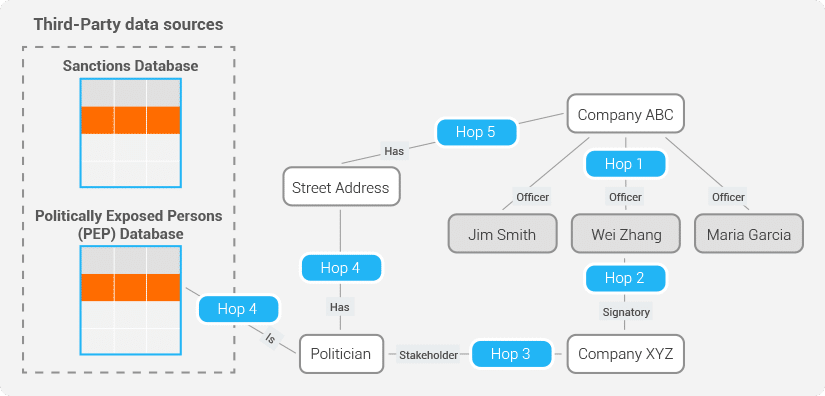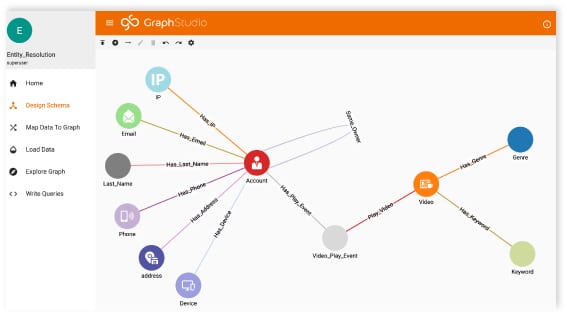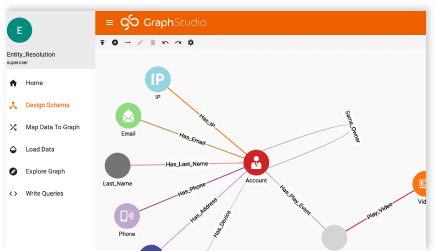Risk Assessment and Monitoring
Risk Assessment and Monitoring with TigerGraph

Assessing and Monitoring Risk Is Becoming More Challenging
Risk assessment and monitoring has become more challenging with the rapid growth in size and complexity of the interconnected global financial markets. In the United States 26 million consumers are not tracked by FICO and related credit bureaus and that number has grown to 15% of the entire population as of 2018. Asia has hundreds of millions of consumers joining the middle class every year and much of this population has limited financial transaction history and are not tracked by any credit bureaus.
This presents a unique challenge for credit risk assessment and monitoring. The regulatory landscape gets more complex each year with the fines for the United States Office of Foreign Assets and Control sanctions ranging from $12,500 to over $8.9 billion for each sanctioned bank. The proliferation of complex financial instruments, such as credit default swaps and mortgage-backed securities, has increased the complexity of liquidity risk assessment and monitoring. The cost of getting it wrong is in the trillions of dollars.
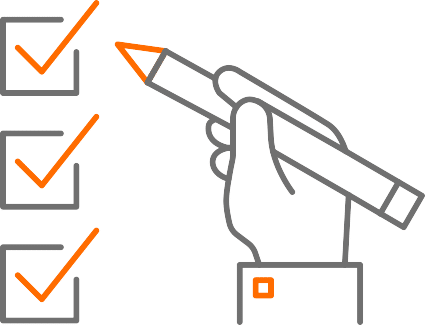
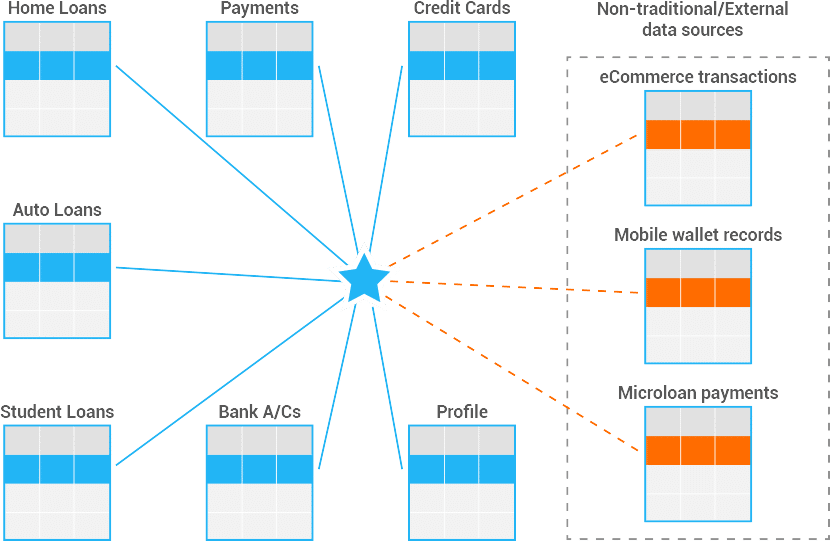
Legacy Approaches Are Often Unable to Connect the Dots
Most risk assessment and monitoring systems are built upon relational databases that store information, such as counterparty, account, transaction, stakeholders, financial instruments, and derivatives, in separate tables, one for each type of business entity. Relational databases are great tools for indexing and searching for data, as well as for supporting transactions and performing basic statistical analysis. They are, however, poorly equipped to connect across the tables or business entities and identify hidden relationships and risks from those relationships.
In order to find potential connections using relational databases, analysts need to join a number of large tables to run the queries. Such queries could take hours or even days to run, rendering any meaningful analysis of linkages among parties and transactions practically impossible. Assessing and monitoring risk also requires going beyond the internal data for the individual account or person and connecting it with the information from third-party sources such as OpenCorporates and the World-Check database. In the case of credit risk assessment, this means integrating non-traditional data sources, such as mobile wallets and eCommerce transactions, as well as microloan repayments. Relational databases with their rigid schema are not well-suited to easily marrying internal data with multiple external data sources.
Why TigerGraph - a Native Parallel Graph Database for Risk Assessment and Monitoring?
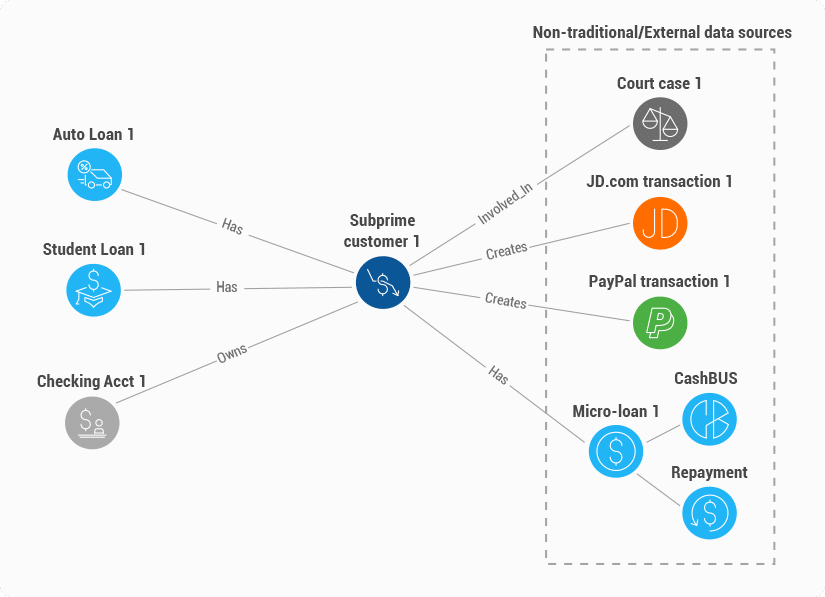
Assess and Monitor Credit Risk With Graph Analytics
As much as 15% of the US population isn’t tracked by FICO and associated credit bureaus. Fintech startup IceKredit is creating credit scores for the “credit invisible,” the subprime population in the United States, as well as in China and Southeast Asia, by tapping into alternate sources of credit data. IceKredit builds a 360-degree view of credit risk using TigerGraph, leveraging financial information from traditional data sources and combining it with new data sources. These new data sources include transactions on eCommerce sites such as WeChat and JD.com for China, mobile wallet records such as Alipay, Venmo, and Paypal, and the loan repayment records for microloan and peer-to-peer lending service providers like CashBUS and Crowdo in Asia.
With access to accurate third-party data, IceKredit uses AI and machine learning for custom advanced models and analytics used to build comprehensive credit views for applicants. IceKredit’s anti-fraud engines further quantify an applicant’s fraud probability and compare it with actual business activity, helping clients prioritize leads and make smarter decisions on acquiring customers based on risk. Graph analytics is key to IceKredit’s success in identifying undisclosed relationships and connections within data, and to assigning and updating risk ratings in real-time. Graph analytics is also used by IceKredit to assist and improve efficiency for the investigations around potential financial crime violations.
Assess and Monitor Regulatory Risk With Graph Analytics
Consider the example of a bank receiving an application for a new account for company ABC. During the customer due diligence process, the company fills out information including their street address as well as three officers for the company – Jim Smith, Wei Zhang, and Maria Garcia. TigerGraph connects the company ABC officer, Wei Zhang, as a signatory for another company XYZ, which has a local politician listed as a significant stakeholder or owner.
From this information, the bank can use TigerGraph to connect the local politician with a third-party database containing politically exposed persons. It also finds that one of the street addresses listed for the politician is the same as the address listed for the new company, ABC, on their account application. All of this highlights the risk associated with company ABC, raising an immediate CDD alert to be looked at and investigated further by the banking staff.
